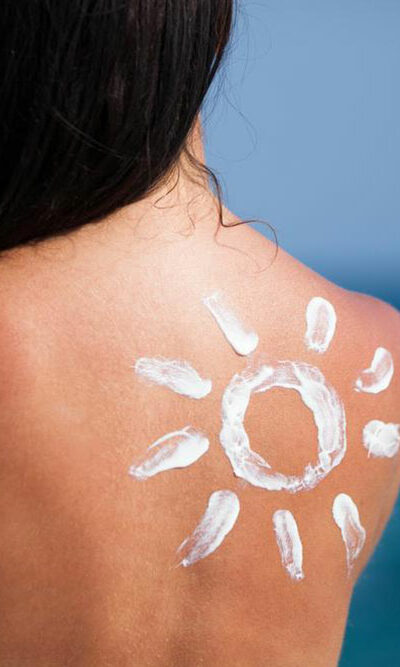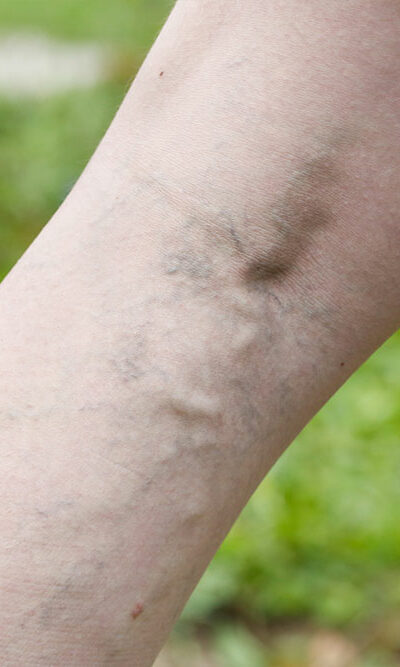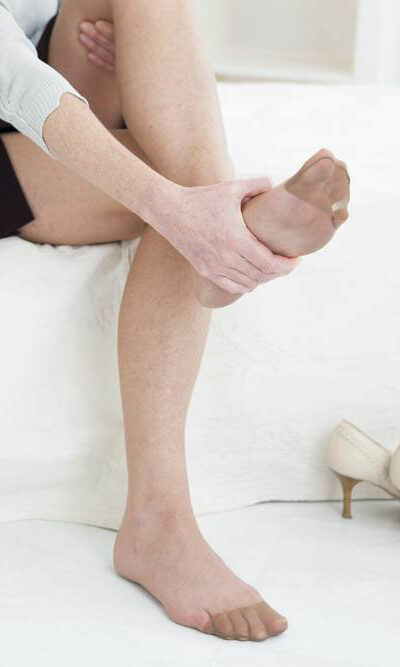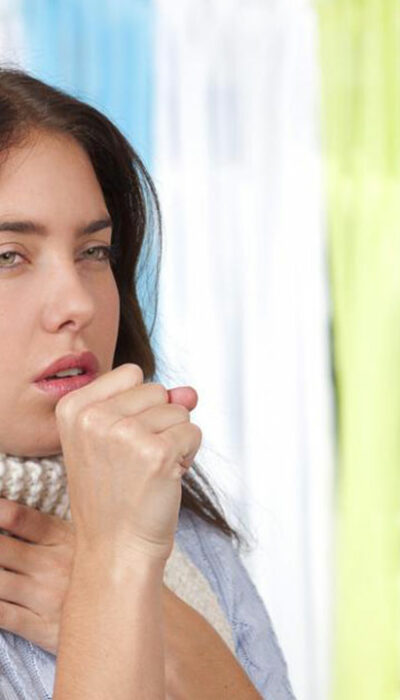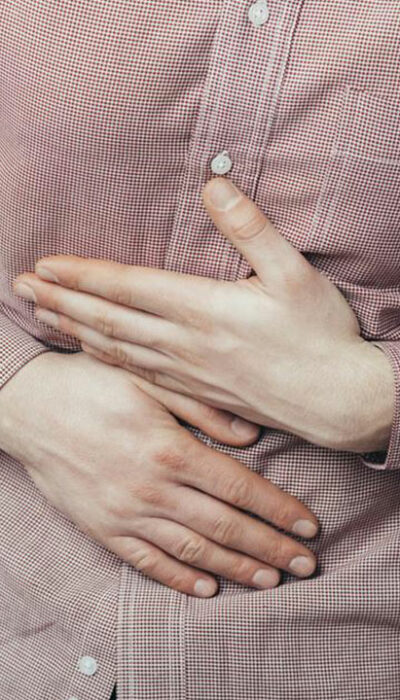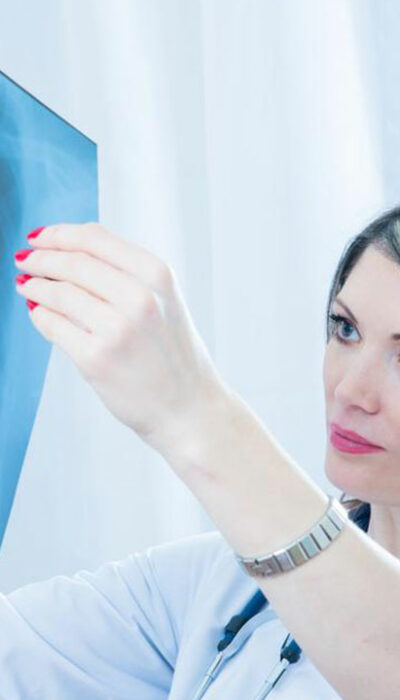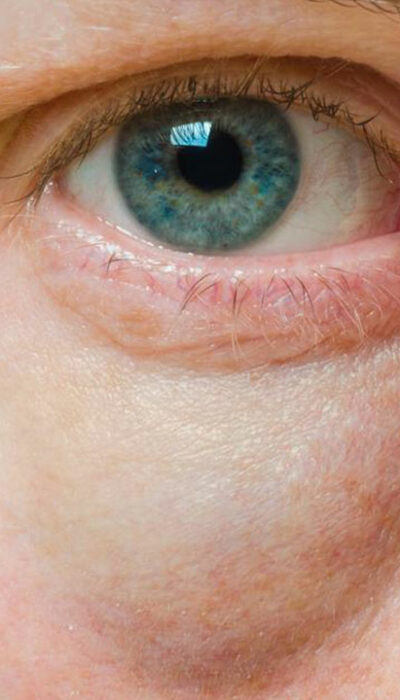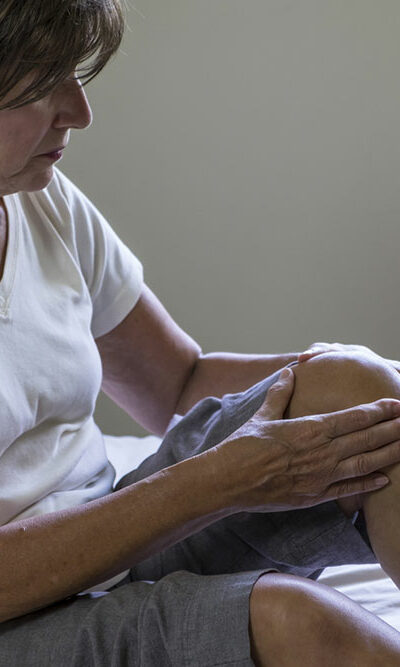
Tips to Treat Fire Ant Bites
A fiery sting is the best term that describes the bite of a fire ant. Living up to their name, these ants are the color of fire. When you are caught in an army of fire ants, they swarm onto your skin and pack a powerful, fiery sting that can be quite an ordeal! Symptoms of fire ant bites range from mild rashes to allergic reactions like breathing difficulty. Treatment for fire ants’ bite depends on the severity of the sting. You’d be surprised to know that a tiny fire ant can pack a sting that delivers a venom that contains 46 proteins at least! Fire Ants These ants come in different colors, like red-brown or black, and usually grow up to lengths of a quarter of an inch. They live in sand mounds that are built on lawns and pastures. Fire ants can get very aggressive when their nest is disturbed. If you accidentally disturb their nest, you will probably end up in a burning stream of painful stings. The sting causes pain and itching long after you are bitten by fire ants. Fire ants sting by clamping their mandibles on your skin; hence, it is difficult to remove ants that have actually latched onto you. You need to rub them off your skin with fingers or a rag. What do Fire Ant Bites Look Like? When fire ants are provoked, they swarm onto the skin and anchor themselves strongly with their mandibles. Once they latch onto your skin, they sting repeatedly injecting a toxin called solenopsin. Fire ant sting looks like a swollen red spot with a blister on top. Fire ant stings can be painful and itchy for nearly a week. As soon as you are stung by the ant, you will experience an intense pinching or burning sensation.


